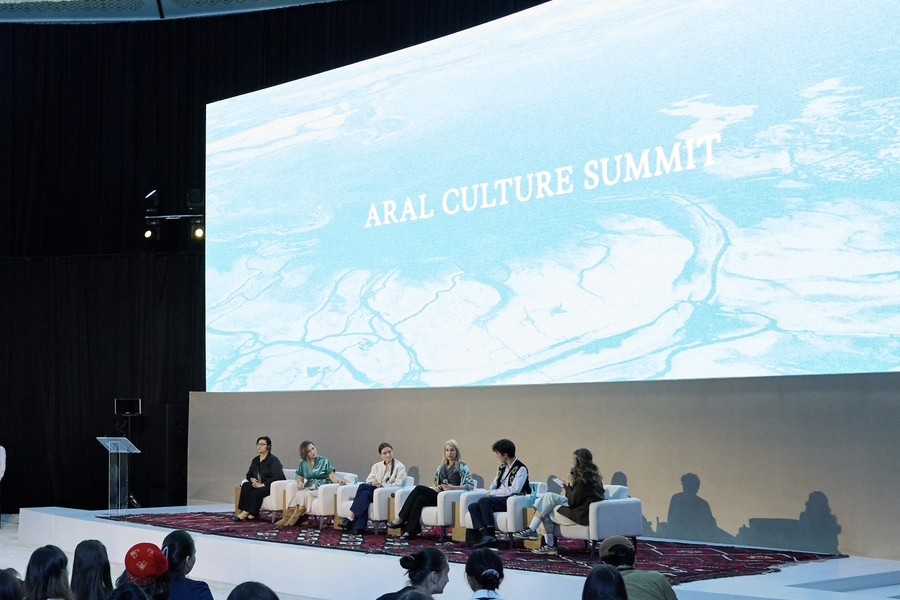
The Uzbekistan Pavilion at EXPO 2025 offers a powerful glimpse into this pioneering project, highlighting how culture can restore identity, dignity, and ecological balance in the Aral Sea region.
Taking place in Karakalpakstan, one of the areas most affected by the Aral Sea crisis, the summit brings together artists, architects, scientists, and cultural thinkers to explore how creativity can address environmental collapse. The summit is deeply rooted in community engagement and is part of Uzbekistan’s broader strategy to integrate culture and sustainability into national development.
The centerpiece of the initiative is the revitalization of Istiqlol Park in Nukus. Once neglected, the park is now envisioned as a vibrant public and cultural space, featuring:
- Open-air pavilions and community stages
- Educational and exhibition zones
- Native greenery and shaded walkways
- Integrated sustainable architecture and water-sensitive landscaping
The Aral Culture Summit is not just a local initiative — it is firmly embedded in global dialogue. Its first edition was held in parallel with the Central Asia Climate Forum and the visit of European Union leaders to Karakalpakstan, signaling strong international support. Programs featured:
- Keynotes on Culture and Climate with figures like Gayane Umerova and Valérie Freland
- Panels on Art, Nature and Technology with Maurizio Montalti and Ross Lovegrove
- Discussions on The Future of Food with scientists and artists
- A headline talk by landscape architect Bas Smets on the role of imagination in ecological transformation
Originally introduced at the UN Water Conference in 2023, the summit is now an integral part of Uzbekistan’s national agenda for 2025 – the Year of Ecology and Green Economy.
By transforming a region of crisis into a center of cultural resilience and environmental innovation, the Aral Culture Summit positions Uzbekistan as a leader in linking cultural policy with ecological action. As seen in the Pavilion at EXPO 2025 Osaka, this project is not only about remembering a past tragedy — it’s about shaping a new narrative of hope, justice, and creativity for generations to come.


